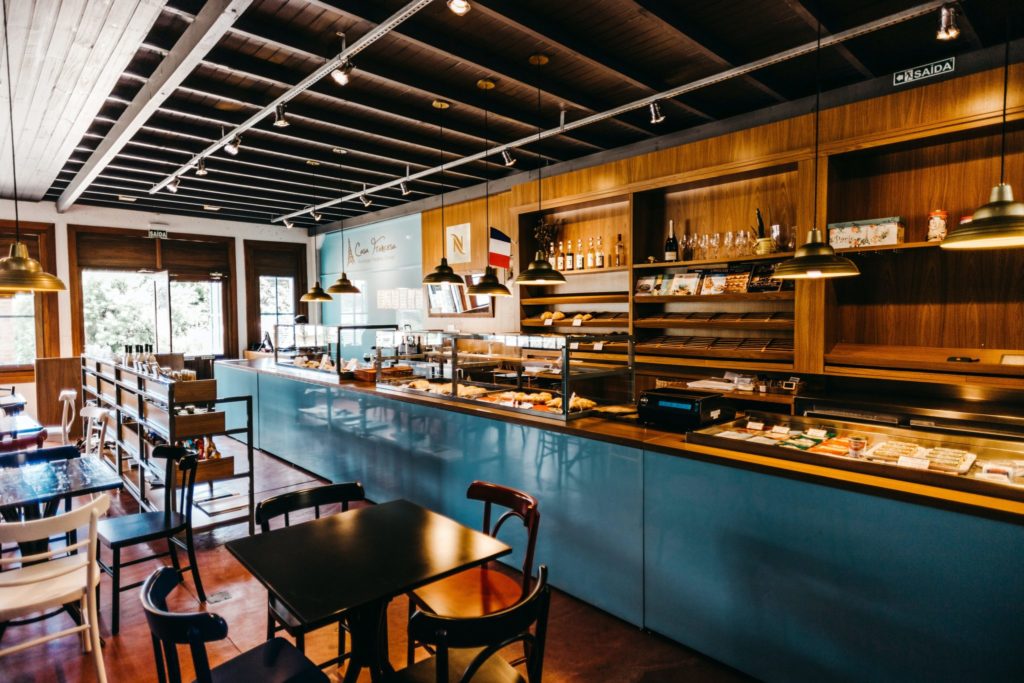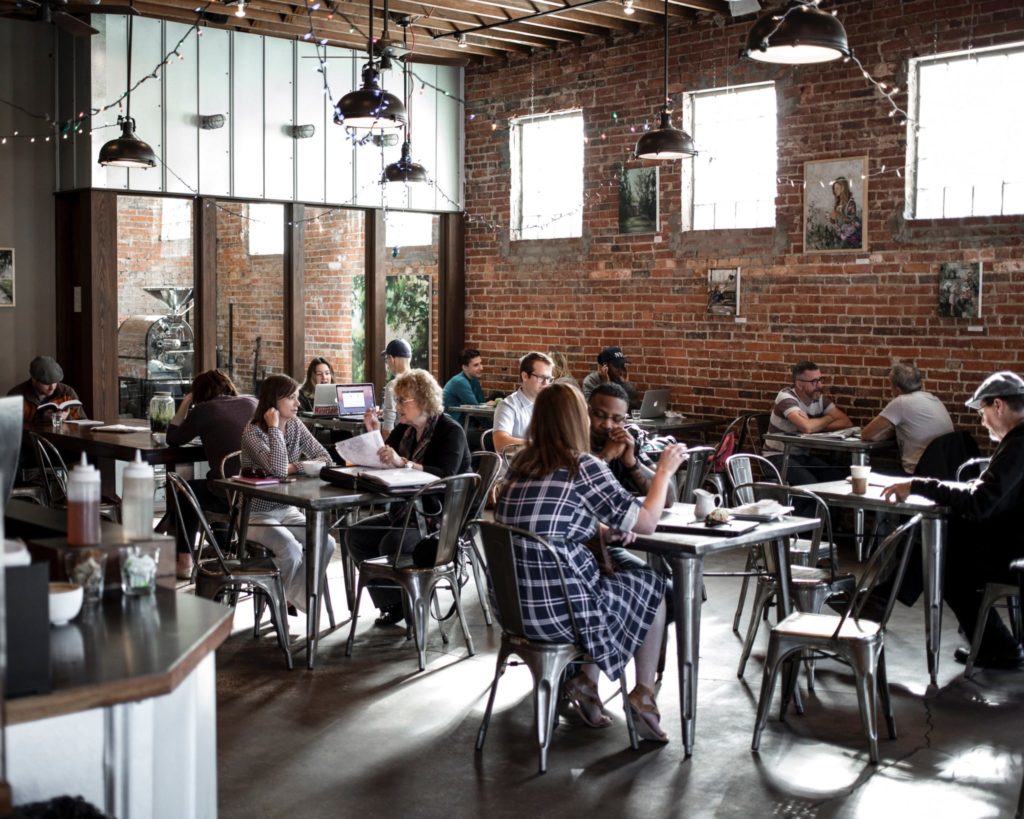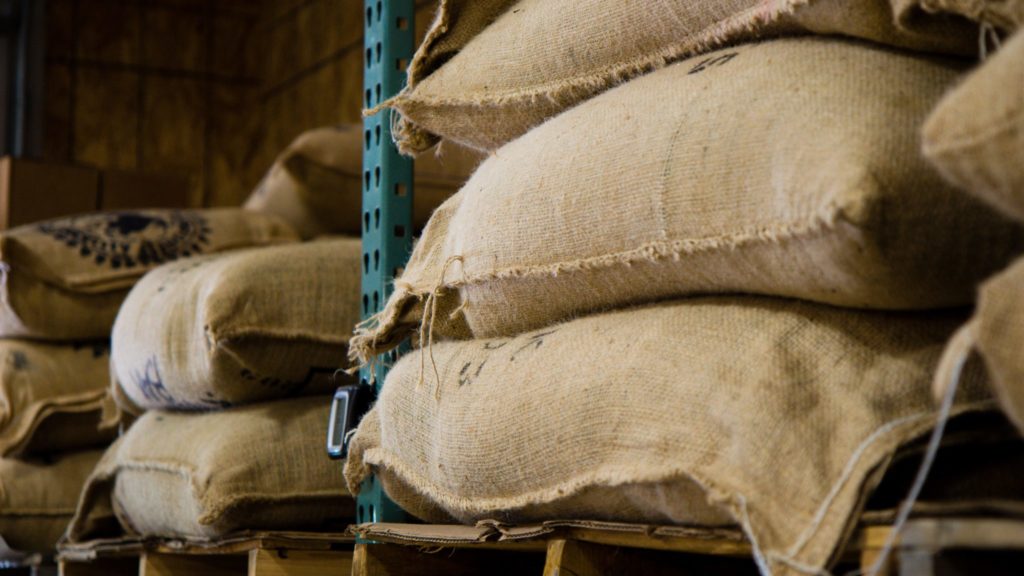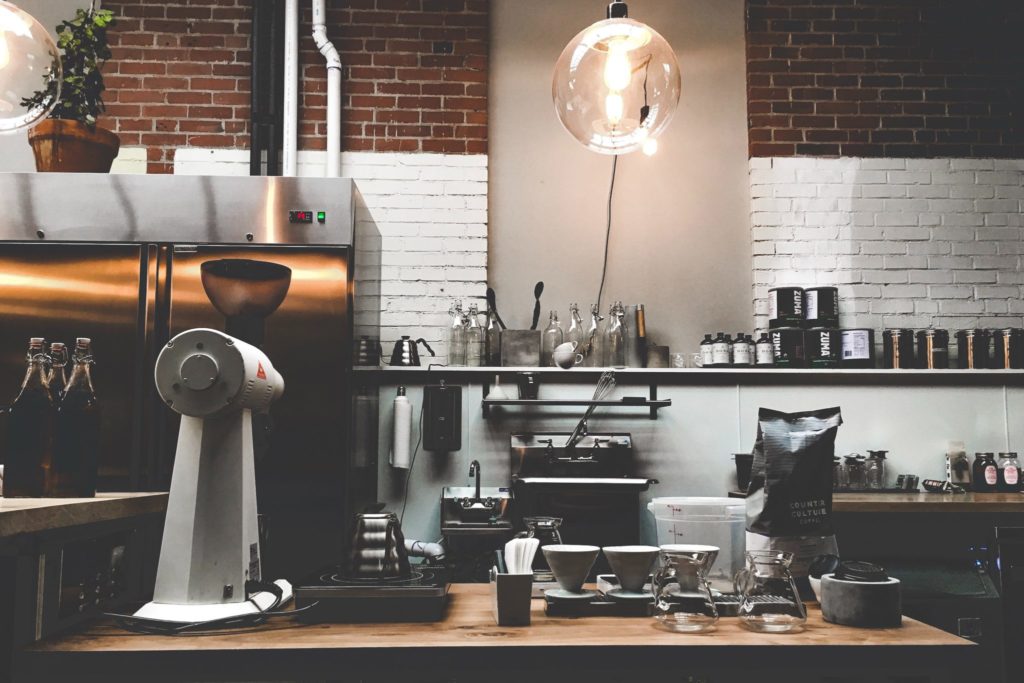Have you ever wanted to open a specialty coffee shop? While doing so might seem like an intimidating endeavour, it is far from impossible, and when executed successfully, it can be an incredibly satisfying and profitable experience.
However, the journey to get there can be long and difficult. To get some advice for you, we spoke with several Marco partners to get their insights. Read on to find out what they said.
Start off with a strong vision
As you can imagine, making sure you plan properly during the early stages of your project are vital to building a successful coffee shop.
Tim Wendelboe is the CEO and namesake of Tim Wendelboe AS, a coffee brand comprising an espresso bar, a roastery, and a training centre. He advises new coffee shop owners to begin by developing a solid business plan.
“It really forces you to think about all aspects of your business,” he says. “You have to ask questions like: What is your success factor? What differentiates you from other brands? Who are your competitors? What are you going to sell, and how?”
Anthony Svilicich is the NSW Sales Manager at Five Senses Coffee. His advice starts with the financial side; he recommends starting off by “setting a budget which manages capital outlay and working capital”.
“Be prepared to put a lot of work in and have a solid plan in place,” Anthony adds. “Make sure you have big-picture goals and a direction.”
Another partner, Jon Allen, manages Onyx Coffee Lab’s day-to-day and creative operations. Similarly to Tim and Anthony, he advises new owners to find their own voice and vision.
“Once you understand exactly what you’re hoping to accomplish, the process of getting there will become clear,” he says.
Tom Vincent, president of Texas Coffee School, explains that a unique selling proposition needs to go beyond the primary customer’s expectations, such as great tasting, sustainably sourced, locally roasted, and so on.
“Your unique selling proposition makes you stand out from all the other shops doing the same things with the same gear, with a slight twist on the aesthetic. Your unique selling proposition will keep you in business once the shiny newness wears off,” says Tom.
Choose the right location
Once you establish your vision, you need to consider who you’ll be serving and where to serve them from. Most coffee shop owners want their atmosphere to be inviting, but also remember to tailor it to their target customer base.
“Focus on a location where there is a receptive market, an airtight lease, and favourable conditions for growth,” Anthony suggests. “Design and workflow are extremely important if you want to deliver quality efficiently.”
James Hennebry, CEO and founder of Rosslyn Coffee, highlights two big things to look out for when choosing a location: high foot traffic and natural light.
“I also believe it’s always important to open somewhere that you would want to go to yourself,” he adds. “There will no doubt be a lot of people like you who want something similar.”
Furthermore, be sure to consider your café layout and ensure you have enough room for everything you’re planning.
“It’s also important to ensure you have in place the golden triangle: great coffee running through high-end equipment, extracted by a skilled and knowledgeable barista,” he says.
He also notes that staff costs are one of the chief factors when getting a business up and running.
“The more efficient your workflow is, the lower your costs will ultimately be, giving you the best chance of surviving your first 12 to 24 months,” he says.
For Tom, points such as traffic, specific customer, and uniquely appeal have to be considered. “The most common mistake I see is someone choosing a location before establishing a thoughtful, viable coffee shop concept and unique selling proposition.”
A location might be in a high-traffic area, but are the people interested in your product? To answer that, specify who your customers are beyond “specialty coffee drinkers.” Next, define your unique appeal to them.
“What will set you apart today and keep you relevant three years from now when new competitors arrive with newer trendy gear and interior design?” says Tom.
Source great coffee
If you’re not starting as part of an existing roastery, the next step is to determine where you’ll get your roasted coffee from.
When choosing your coffee supplier, there are several things to keep in mind:
- Will you stock a filter roast, an espresso roast, or both?
- Will you serve blends, single-origins, or both?
- What’s your budget?
- How important are ethical sourcing practices and sustainability to your customers?
- Will roasters offer any perks as part of a partnership, such as a fixed long-term price or training for your staff?
There are many different wholesale coffee roasters out there, and sourcing great coffee is important. Each of them has their own benefits.
In the world of specialty coffee, however, remember that consumers have very high standards, and the coffee you serve will need to meet those.
Invest in quality equipment
Commercial coffee equipment is a significant investment, so it’s essential that you choose wisely. Anthony stresses the importance of doing your research.
“Find quality equipment, and learn how to get the most out of it once you have it,” he says. “Buy the equipment that will suit the needs of your coffee programme.”
A good place to start will be a reliable batch brewer, such as the Marco JET6 or SP9. A consistent, high-output grinder is also key, and an urn or receptacle for your batchbrew – such as the JET Urn – will keep coffee at the right drinking temperature for hours.
You’ll also need a high-quality espresso machine. Be sure to do your research to find a machine that’ll fit your needs and be able to serve the right volume of customers.
If you invest in good equipment, you’ll have no problem creating a coffee setup that’ll last you for years to come. However, no matter how excellent your equipment may be, the success of your coffee shop will depend on the staff that will use it day-in, day-out.
“Invest in passionate staff who are keen to learn,” Anthony advises. “You can always teach skills, but you can’t teach a good work ethic or attitude.”
Tom says investing is crucial for any specialty coffee shop, and trying to save money on it is a big mistake. “I’ve been to many coffee shops that invest mountains of capital into their aesthetics but skimp on the equipment that generates revenue.”
Tom points out that customers may miss one or another decoration detail and forget about it but won’t let go if their coffee tastes terrible or long ticket times.
While you think you might be done after the shop is set up and you open your doors, the journey doesn’t end there. You should maintain a focus on your output and efficiency over time to make sure everything ticks over like clockwork.
For example, using equipment that saves time (and thus money) is crucial at a time when supply chain issues are prominent. As such, look into finding some more versatile equipment that allows baristas to multitask without sacrificing quality.
Tim explains that he uses the Marco Über boiler to supply hot water for customers who want an AeroPress, as well as for his cupping lab.
“On a busy day we can serve up to 150 AeroPress brews, and so far we have not really had any capacity problems,” he says. “The Über boiler makes it easy to be consistent and fast when pouring water for a large cupping.”
You should also find equipment that can perform multiple functions and provide versatility. Jon says that Onyx Coffee Lab uses the FRIIA system to achieve this.
“The FRIIA has a minimal profile and takes the place of two pieces of equipment that we formerly used: a hot water tower and a soda gun,” he explains. “I think it could be useful to a start up shop by combining two pieces of equipment into one.”
Meanwhile, Anthony explains how Five Senses uses the Marco F45M and F60M, two batch brewers which “deliver a consistent quality brew that isn’t so labour-intensive”.
He also highlights how the Marco SP9 delivers a consistent brew, and creates a sense of visual theatre for customers.
James agrees, saying that when you source excellent coffee for your café, it’s important to present it in the best possible light.
“We do this in an extremely fast-paced, high-volume environment and so speed, efficiency, consistency, and excellence are all non-negotiables,” he says. “The MIX and our SP9s help us achieve this throughout every service.”
Tom says that hand pour-over coffee relies heavily on human variables and the many other critical chemistry-based variables.
“The unique “experience” the shops were hanging their hats on was greatly overshadowed and offset by the poor-tasting coffee, the slow ticket times, and the inconsistency from barista to the barista,” believes him.
Thus, even though he enjoys making hand pour-overs at home in a professional cafe environment, he prefers to have the right equipment to ensure the same consistency and quality of every single brew.
“The Marco SP9, for example, is a single cup pour-over machine that enables us to program our exacting brew recipe. The machine controls the variables as close to perfect as possible, every time,” says Tom.
Tim has one final piece of advice for coffee shops once they’re up and running: stay true to your business plan, but leave some room to innovate while you do so.
“Don’t be afraid of adapting in order to make the business grow, but remember, eternal growth is not always the best way to succeed,” he says. “Sometimes staying small and healthy is better.”
Jon, James, and Tom, meanwhile, strongly recommend taking some time to work in the industry before deciding to set up a coffee shop of your own.
“Coffee is beautiful and hard,” Jon concludes. “Knowing that you are doing the best you can is so important.”
“I’d rather utilize a tool to make a better end product so I can stay focused on the human-to-human interaction, and I can respect the customer’s time,” says Tom.






